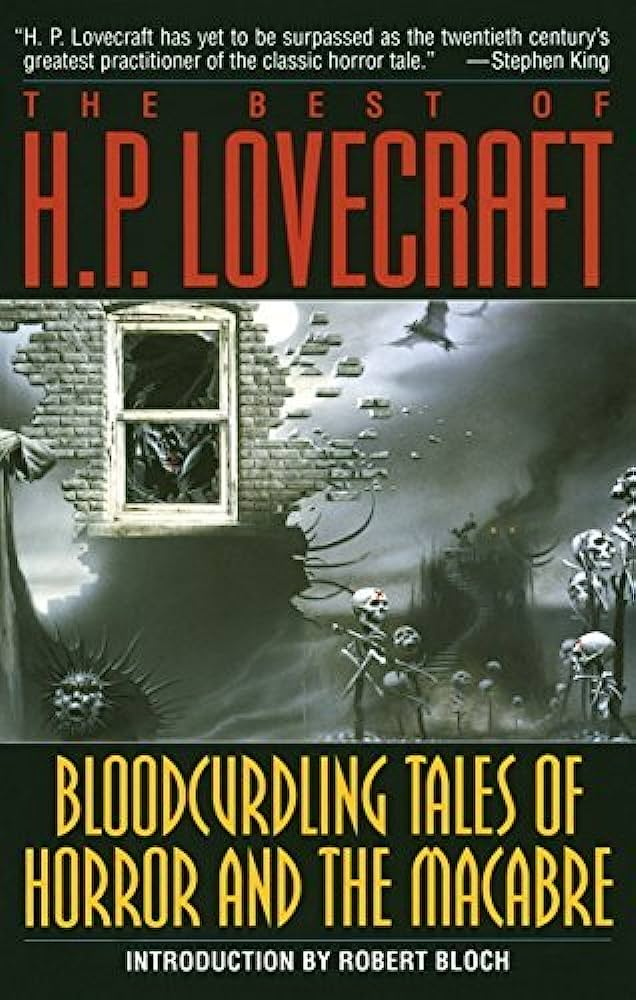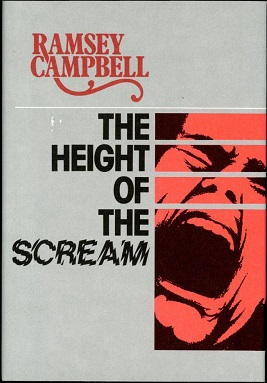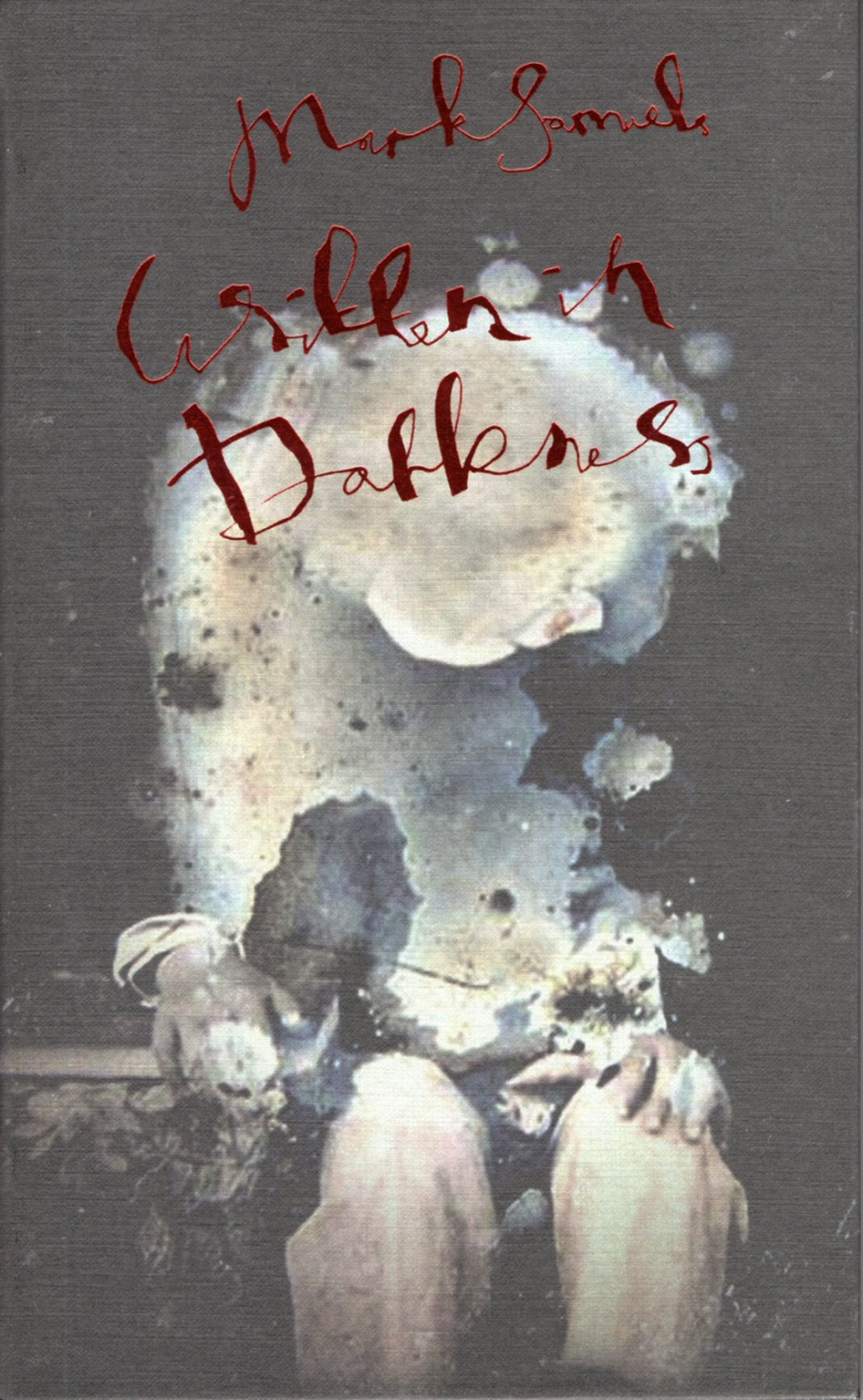A brief reading list for those interested in the history of the horror genre in literature. The time periods and the overviews are meant as a quick tutorial on the authors and the stories of that time. Nothing is set in stone and art and culture are fluid. So let this serve as a brief guided tour that is meant to inspire more deep dives into horror as literature.
1890-1925 Decadence and Innovation
This era of horror, in some circles seen as the golden age of horror literature, was the foundation of what would later be referred to as the horror genre. Horror has always been present in our literature. Since at least as early as the classic Greek plays to Shakespeare and Dante. But as a genre, it was not seen as a separate thing until around this time. Its roots are the writings of Edgar Allan Poe, Gothic writers like Horace Walpole and Matthew Lewis, and also a huge influence came from the Decadent writers from France such as Jean Lorrain and Octave Mirbeau. From these writers was drawn a darker sensibility. A preference for decay and doom. A willingness to push boundaries and the reader's comfort level. This was new fertile ground. The area was clear for innovation, and the horror genre was not yet a thing, so these writers were free to explore the themes and ideas in their stories. A subtle shadow can also be felt in these works, with the coming of the first world war on the horizon.
The Yellow Sign - Robert W. Chambers (1895)
The Novel of the Black Seal - Arthur Machen (1895)
The Spider - Hanns Heinz Ewers (1908)
The Room in the Tower - E. F. Benson (1912)
Fumes - Stefan Grabinski (1913)
1925-1965 War and Darkness
These works came from readers who grew up with the “golden age” of horror. This is the era that shaped and defined horror as a literary genre. With the foundations of the genre firmly in place, these writers sought to refine and go further with what horror can do. Also over these works can be felt the fallout of two world wars. A pessimism and a breakdown of trust in the established morality of civilization lurk in the pages of these works.
The Caterpillar - Edogawa Ranpo (1929)
The Shadow over Innsmouth - H.P. Lovecraft (1936)
Skeleton - Ray Bradbury (1945)
Bianca’s Hands - Theodore Sturgeon (1947)
Pillar of Salt - Shirley Jackson (1948)
1965-2000 Genre and Change
This era sees the horror genre become mainstream. With a well-set tradition of horror in literature and film, these writers grew up with horror as a viable literary choice. In these works, we see an exploration of a more liberal society. Sexual themes are discussed openly, and gender and race struggles are examined. Authors felt free to be more challenging with their work. Both subtlety and explicitness were taken to new levels. The oblique and the nebulous were championed alongside sexual themes and the rise of body horror.
The Cellars - Ramsey Campbell (1967)
Ravissante - Robert Aickman (1968)
The Nighthawk - Dennis Etchison (1978)
Replacements - Lisa Tuttle (1992)
The Bungalow House - Thomas Ligotti (1995)
2000-2035 New Realities and Anxieties
In a sense, you can call this era the post-horror era. Now authors are trying to subvert the traditions and tropes of the established horror genre. The history and expectations of horror as a genre are seen more and more as an obstacle to innovation. Also, this era is dealing with the sudden invasion of technology into everyone's personal lives. The ever-present shadow of the internet and social media has led to a distorted and unclear view of what constitutes reality. In this new era, our interpersonal relationships with others have irrevocably changed. We are both almost competently alienated from others while in a neverending connection with literally everyone all at once. So in this era, subversion and anxieties about technology and reality are at the forefront of the horror genre. This can only be an incomplete list since we are just beginning this era, and the future of horror is both unknown and exciting. Horror as a genre has thrived since its beginnings and is a vital and important part of our culture and literature.
The Animal Aspect of the Movement - Adam Golaski (2008)
The Road of Pins - Caitlin Kiernan (2013)
My World Has No Memories - Mark Samuels (2014)
Born Stillborn - Brian Evenson (2015)
Mare’s Nest - Richard Gavin (2016)




No comments:
Post a Comment